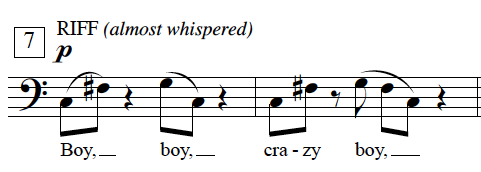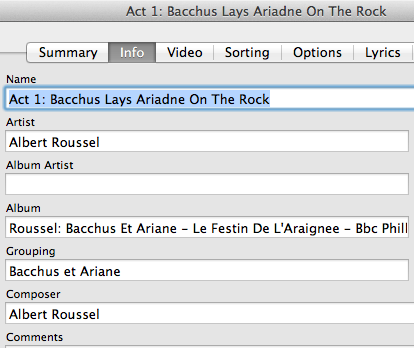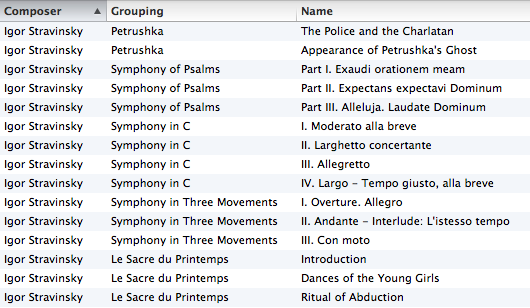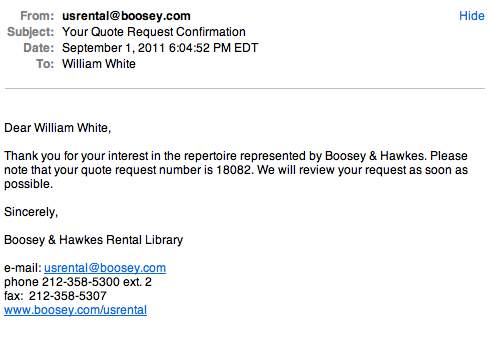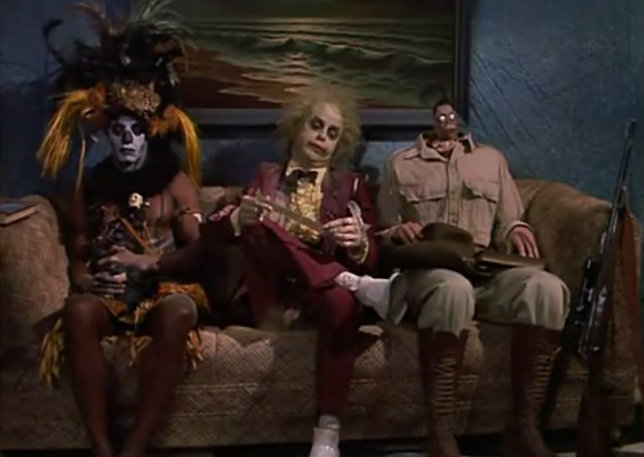
If anyone seriously interested in creating music isn’t listening to Björk, and namely her new album, Biophilia, I don’t know what they’re doing. I’m talking here to composers, producers, singers, instrumentalists, arrangers, whatever. Music industry types are certainly taking notice, since project is being released simultaneously as an album and an app. The app is said to be revolutionary, and it wouldn’t surprise me if it is. Not having an iPad myself, I can’t comment. But that’s OK, since everyone else is already talking about the app, and I want to talk about the music itself, which is more than enough topic for conversation.
Many Björk albums have an orchestrational unity. With Vespertine, she explored the tinkly sounds of celestas, music boxes and harps; Medúlla was a study in a cappella; Volta was largely defined by brass. Biophilia incorporates all these sounds and textures, and of course Björk’s many flavors of electronic beats. She adds some startling instruments to her palette, the tesla coil being one, and the commissioned gameleste being another:
But Björk’s real sonic obsession on this album is the organ, and she gets everything she can out of it. There are Messiaen-like cluster progressions:
There’s are chiffy bass lines and percussive jabs:
And a sort of minimalist, modal/tonal hymnody:
Now, as with all Björk projects, this one is a collaboration, so one does wonder who is directly responsible for writing these organ parts. Until I can see some liner notes, I’m glad to believe that Björk herself. She arranged much of the brass music for Volta, and like that album, the organ harmonies here are so integrated with the vocal lines, it seems impossible that she is not their author. And even if she’s not, she certainly deserves credit for assembling the whole thing.
I think that what appeals so much to me about the organ on this album is that as Björk steadily expands her use of electronics, she also steadily expands her use of acoustic instruments. What’s more, it sounds to me like she has translated some of her previously electronic ideas into acoustic ones and, in some cases, even re-translated them back into electronic ones.
I don’t know if that even makes any sense. Just go listen to the album like 30 times. It has everything you’d want from Björk: epic hymns with brass and choir, aggressively undanceable dance music, bold modernist compositions, and haunting, contemplative etherea.

